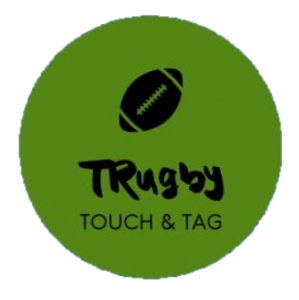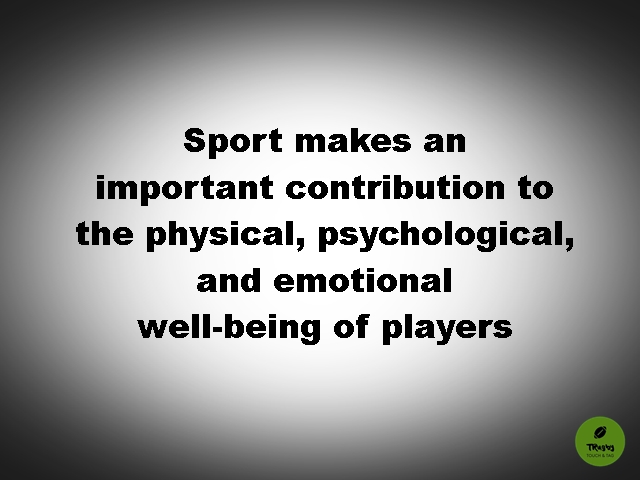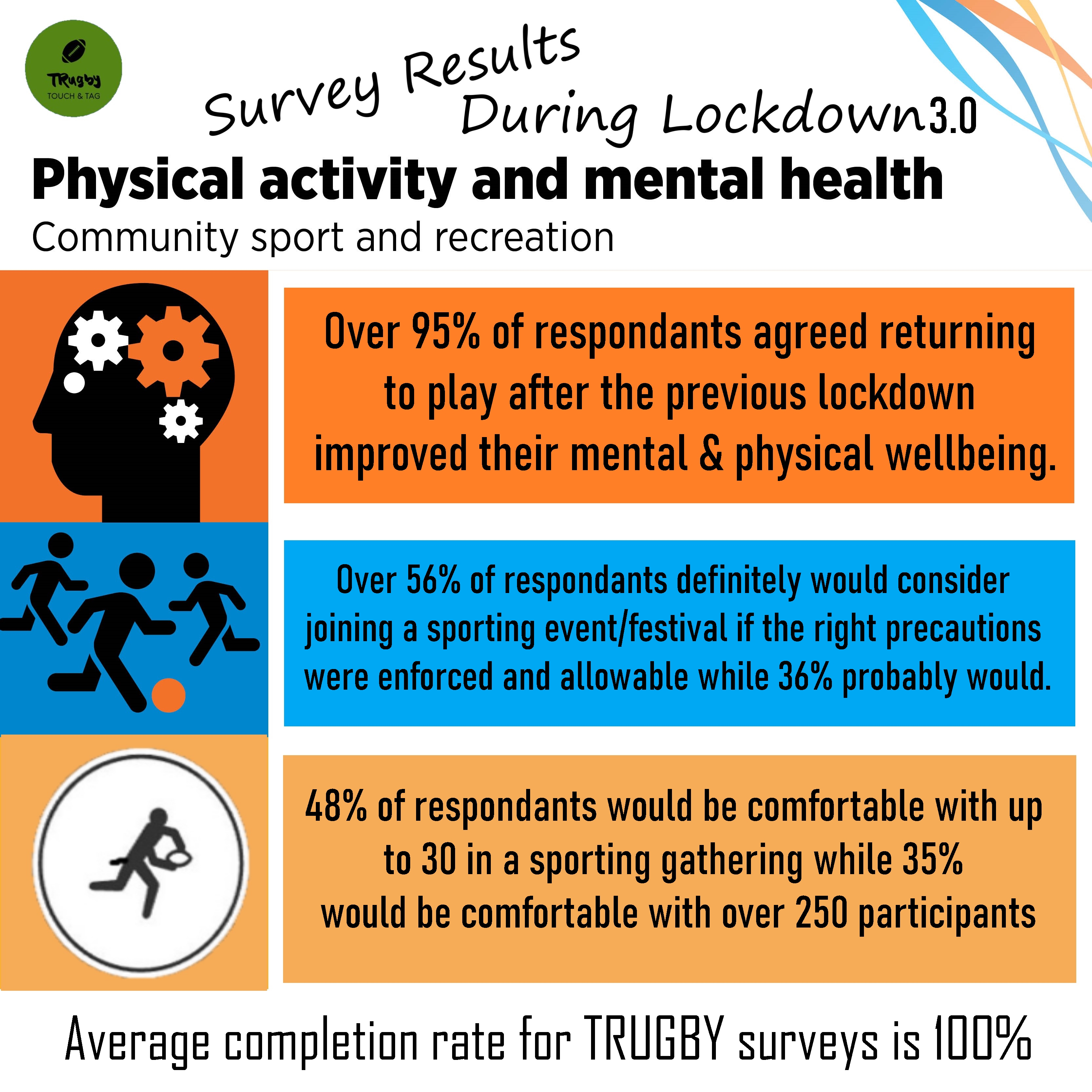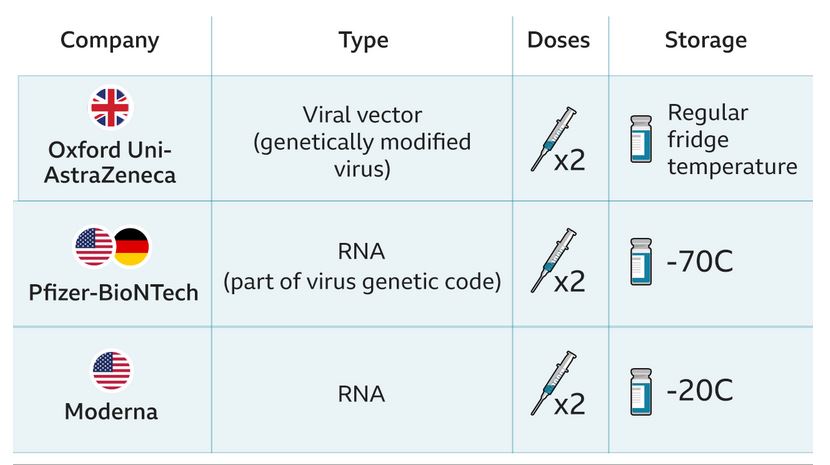UPDATED FRIDAY FEB 12TH 2021
What can we do to prepare for Return To Play after lockdown 3.0?
Following a recent survey(still open for participants), there is currently a strong indication players across all age groups and activity in ball team sports (football, rugby and non-contact rugby) are keen to return when possible.
It has been agreed by the Department for Digital, Culture, Media & Sport (DCMS), Public Health England (PHE), the Department for Health and Social Care (DHSC) and UK Sport, working with major sports governing bodies, that a coordinated resumption of elite sporting training and competition will be necessary ahead of any return to competitive sport itself.
This is to minimise the risk to the elite sports community, fans, friends and family who support them. This is also to minimise the pressure elite sport places on the wider community and healthcare workers during any resumption of training.
Guidance for sports, clubs and support service providers
1. Each sport’s/club’s Accountable Officer should name an existing member of staff as a COVID-19 officer, who will be responsible for oversight of the COVID-19 risk assessments, ensuring the necessary level of risk mitigations are in place and the minimum guidance are achieved has taken place and that sports and any partners/hosts can adhere to their guidance responsibilities within local constraints.
2. Each sport should have a named COVID medical officer (physician), familiar with the emerging evidence related to post-COVID-19 pathology, who is expected to:
- Lead on ensuring any suspected or confirmed COVID-19 cases are managed in line with the sport’s COVID-19 case management protocols and current government guidance.
- Have medical oversight of the return to training of any athletes with suspected or confirmed cases of COVID-19.
- Support the COVID Officer with any medical aspects of the risk assessment and mitigation process.
Sports who do not have a medical officer to cover these responsibilities should secure medical cover to oversee these processes prior to resuming organised training. Regular screening for symptoms within the training environment may be carried out by an appropriately trained healthcare professional working with a set of protocols defined in the risk assessment mitigation plan and signed off by the medical officer.
3. Organised training should only be resumed where government guidelines on social distancing can be followed, considering any terms of dispensation allowed for elite sport.
4. Sports should prepare a risk assessment and risk mitigation plan to be completed before resumption of Step One training at each venue that determines and communicates what can or cannot be achieved training wise in the local context. The risk assessment and mitigation plan should include but not be restricted to:
- Ensuring that prior to the resumption of training, all athletes and staff who are engaged in the training environment are formally appraised of the risks and all mitigating steps being taken. It will be for individual sports to agree with their athletes any conditions for their return.
- Agreeing a clear position on how athletes and staff who are deemed vulnerable or are in a household with vulnerable individuals interact with the training environment, which must be in line with government advice on clinically vulnerable individuals. Clinically extremely vulnerable individuals or those continuing to live with anyone deemed clinically extremely vulnerable should not be engaged in the training environment in line with current government advice.
- Identifying additional actions that need to be taken to enable any Paralympic athletes who need support with complex impairments, or the consequences of these impairments to interact safely with the training environment in line with government guidance. This should include a decision on whether these actions can be achieved or where engagement of athletes with the environment is not feasible.
- Outlining how regular screening for COVID-19 symptoms will take place before each entry to the training environment. Updated information on the most common symptoms can be found on the NHS website. Screening should include a questionnaire as a minimum.
- Outlining clear protocols to manage any person who becomes symptomatic at the venue as per government guidelines for employers and businesses as the most relevant information.
- Outlining how staff who are returning to the training environment from isolation due to suspected or confirmed cases of COVID-19 or other COVID-19 related reasons should be medically assessed prior to return.
- Ensuring any practitioners who need to work in close contact with potentially symptomatic members have access to personal protective equipment (PPE) and are trained in their appropriate usage and disposal. More generally, medical staff should only use PPE appropriate for the setting. If suitable PPE cannot be procured without taking away supply intended for key workers then the practice or work requiring the PPE should not take place.
- Ensuring any support staff within the training environment are operating to the minimum standards of practice that ensure any professional body endorsement and professional indemnity insurances they require are still valid.
- Ensuring training choices are made to minimise the injury and illness risk/NHS burden as a priority consideration.
- Ensuring an appropriate level of medical staffing is in place within the training environment to manage any injuries and illness in training, while also meeting the demands of any COVID symptom screening.
- Ensuring local emergency medical cover/assistance can be accessed in the event of a potential life or limb threatening injury requiring immediate extrication and urgent medical care or hospitalisation.
- Ensuring minimum but necessary training staffing levels are calculated to balance training need, distancing protocols and reducing risk of burden to the NHS.
- Outlining how equipment being brought into the training venue will be suitably cleaned and disinfected to manage the possible transmission of COVID-19 (e.g. specialist technical equipment, wheelchairs).
- Forming an agreement with hosts/venues on what steps need to be taken to ensure social distancing and appropriate hygiene measures are maintained in the training environment, in line with the government’s guidance.
- Outlining the steps to determine maximum capacity levels for the various spaces in use with hosts/operators.
- Outlining (via agreement with venue hosts as necessary) how all areas will be cleaned between sessions for different groups of athletes.
- Outlining how any equipment/items that must be shared within the training venue (e.g. gym equipment) will be cleaned/disinfected between each user.
5. All athletes and support staff should be engaged in a 1:1 check-in prior to resumption of organised Step One training to ensure they have understood the sport specific risks and mitigations, training site protocols in place, are physically and mentally well enough to engage in return to training and have actively ‘opted in’ to engaging in Step One return to training. It will be for individual sports to agree with their athletes any conditions for their return. All athletes and staff should also be clear on their route to ‘opt out’ of the organised training environment under Step One conditions at any time without unreasonable steps being taken against them consequently.
All athletes and staff should adhere to government rules on social distancing when travelling to and from the training venue and should not come within the 2m social distancing range of anyone outside their household whilst travelling to and from training.
6. Sports should clearly and regularly communicate any updates to protocols around training, prioritisation of access to venues and any necessary risk mitigation steps to their athletes and any home support network (e.g. parents).
7. Athletes who are returning to the training environment from isolation due to suspected or confirmed cases of COVID-19 or other COVID-19 related reasons must do so under the direction of a physician/medical officer, familiar with the emerging evidence related to post- COVID-19 pathology and following the most up to date return to training steps. This should include a check-up with the same medical officer before re-engaging with the training environment. As a minimum these return to training steps should follow the latest version of the Home Countries Institutes of Sport (HCSI) graduated return to training protocols which are updated every two weeks (see an example only in Appendix One) unless a sport has more advanced guidance in place. Should a sport wish to utilise these protocols they should contact their relevant HCSI to gain access to the most up to date version as the scientific knowledge base is changing rapidly.
8. Should a known or suspected COVID-19 case occur in the training environment or an individual be identified as a contact of a known case the individual/s in question should be placed in isolation and follow the PHE guidelines. The designated medical officer should be immediately informed if not involved with identifying and isolating the case at the training venue.
9. Athletes or staff deemed ‘clinically extremely vulnerable’ should continue to follow government advice. This currently includes maintaining ‘shielding’ and therefore, should not return to organised training outside of the home.
10. Sports and hosts (as applicable) will need to discuss and agree how any abnormal costs that arise from mobilising a facility for use during restricted periods will be handled prior to training being resumed.
UPDATED – Friday Aug 7th 2020
The RFL’s plan for a phased return to Community Rugby League, developed in partnership with community game stakeholders, has now been approved by DCMS.
It will be revised at the appropriate time to include Full Contact possibly Aug 31st 2020
Week commencing 10th August: Larger group non-contact ‘opposed’ activity including Touch and Tag RL
BLACKHEATH LEAGUE OFFICIALLY COMMENCES TUESDAY AUG 11TH / TRY TAG RUGBY LEAGUE THURSDAY AUG 13TH
UPDATED – Thursday 25th June 2020
In light of this week’s announcement on the easing of social distancing restrictions, we are in active discussions with others about how we accelerate some form of a return to community non contact rugby.
Your patience and understanding is much appreciated, while we continue to follow government updates in regard to Covid-19. Despite some easing of ‘lock-down’ measures around the this sector, all leagues continue to be postponed for the time being. However there are training sessions going on with groups of six with #covidoperation in place in South East London (Woolwich Arsenal & Blackheath Common).
RFU are continuing to monitor all information provided from the Government, UK Active and Sport England, and decisions related to future fixtures will be updated depending upon any developments. They are also closely monitoring the National Governing Bodies for our sports and their own roadmaps back to playing recreational sport, and they will review all safety measures that we may need to implement when we reconvene.
“Sport makes an important contribution to the physical, psychological, and emotional well-being of players especially those in the non contact arena who depend on the social aspect and well as the team spirit” – John Gavin
Sport is crucial for physical and mental wellbeing and hence we will need to get leagues running again as soon as it is recommended. We are disappointed that the physical and mental wellbeing of players has not been considered in the recent easing of lock-down measures planned for the 4th July.
(Also read our guidelines which may be helpful)
UPDATE ON POSSIBLE DIGITAL VACCINE CERTIFICATE
NCR SELF HEALTH DECLARATION FORM [CVSDF002]
Non-Contact Rugby Policy COVID
Risk-Assessment – Non-Contact Rugby (COVID-19) COVID-19_v1.2
Return to Non-Contact Rugby – ROADMAP INFO-GRAPHIC (update 12/06/20)
Covid Operation Info-graphic WHO


























